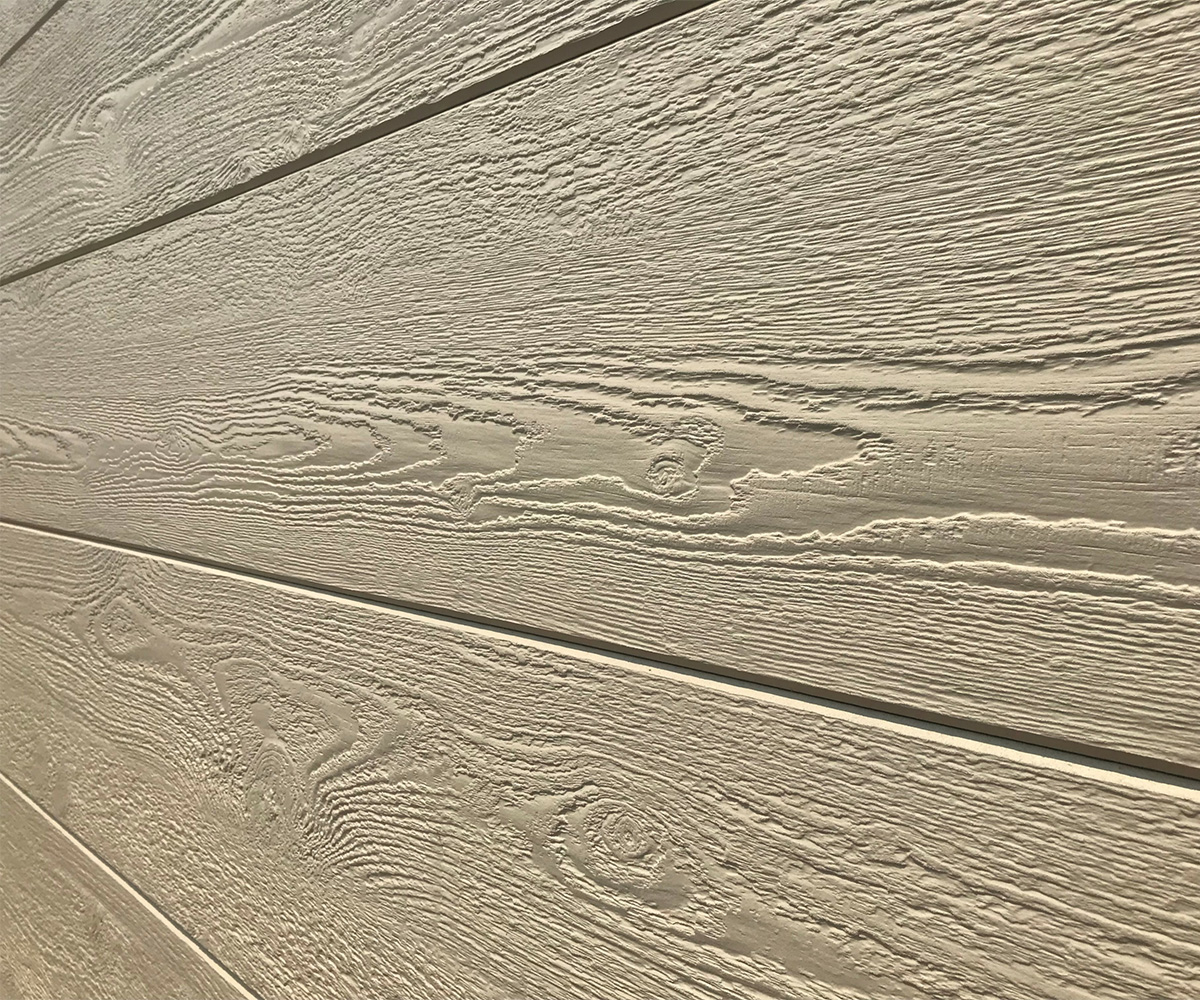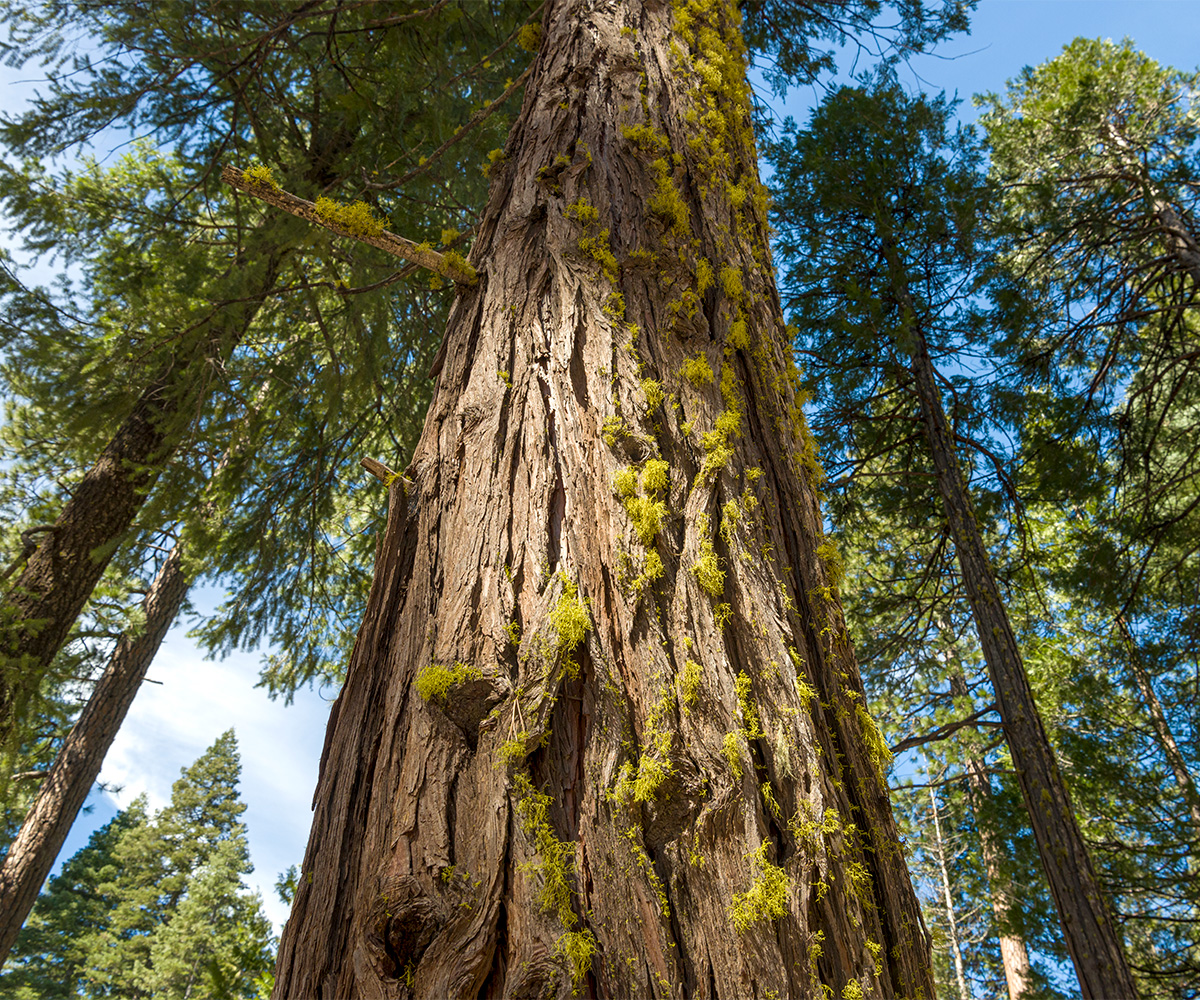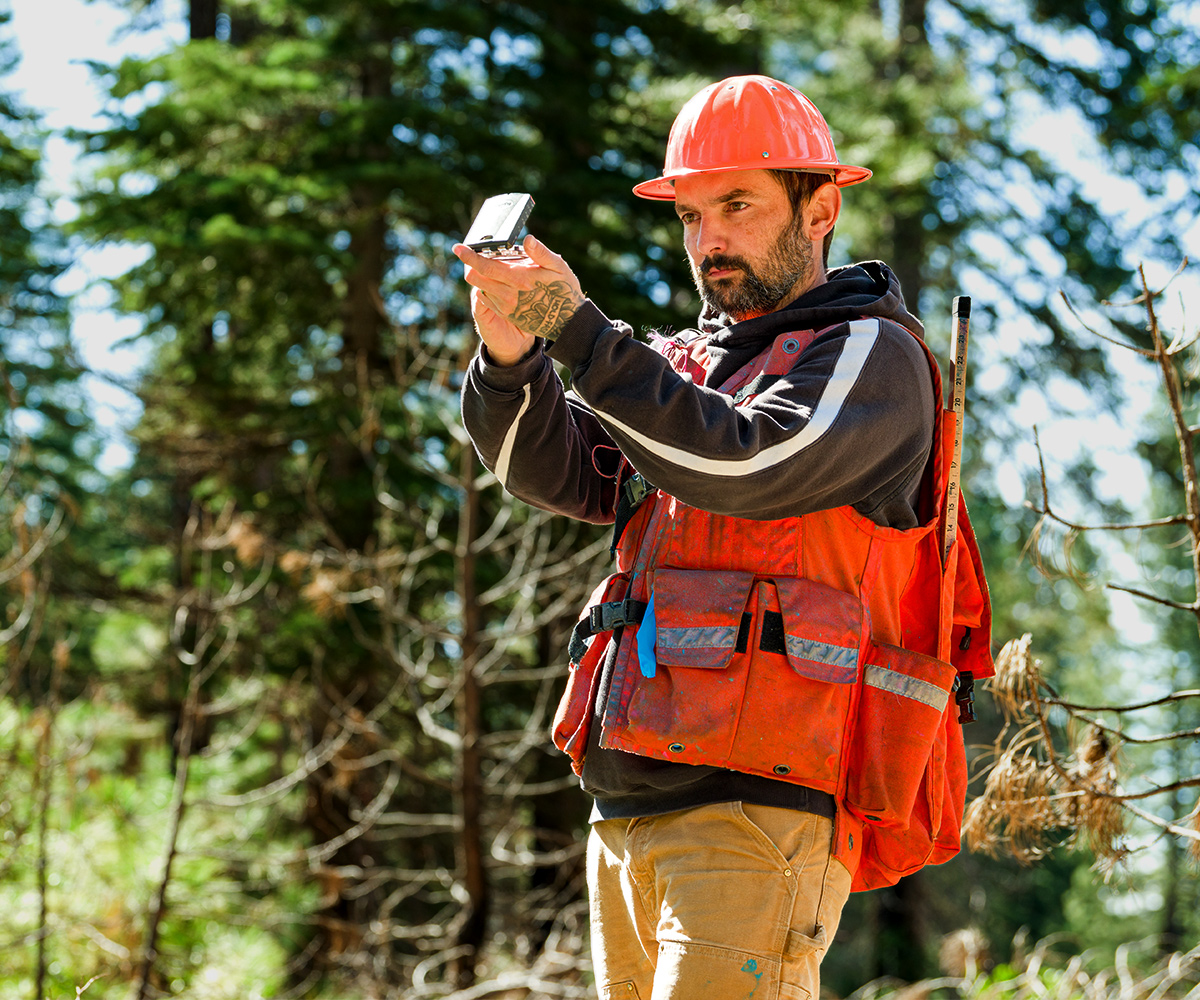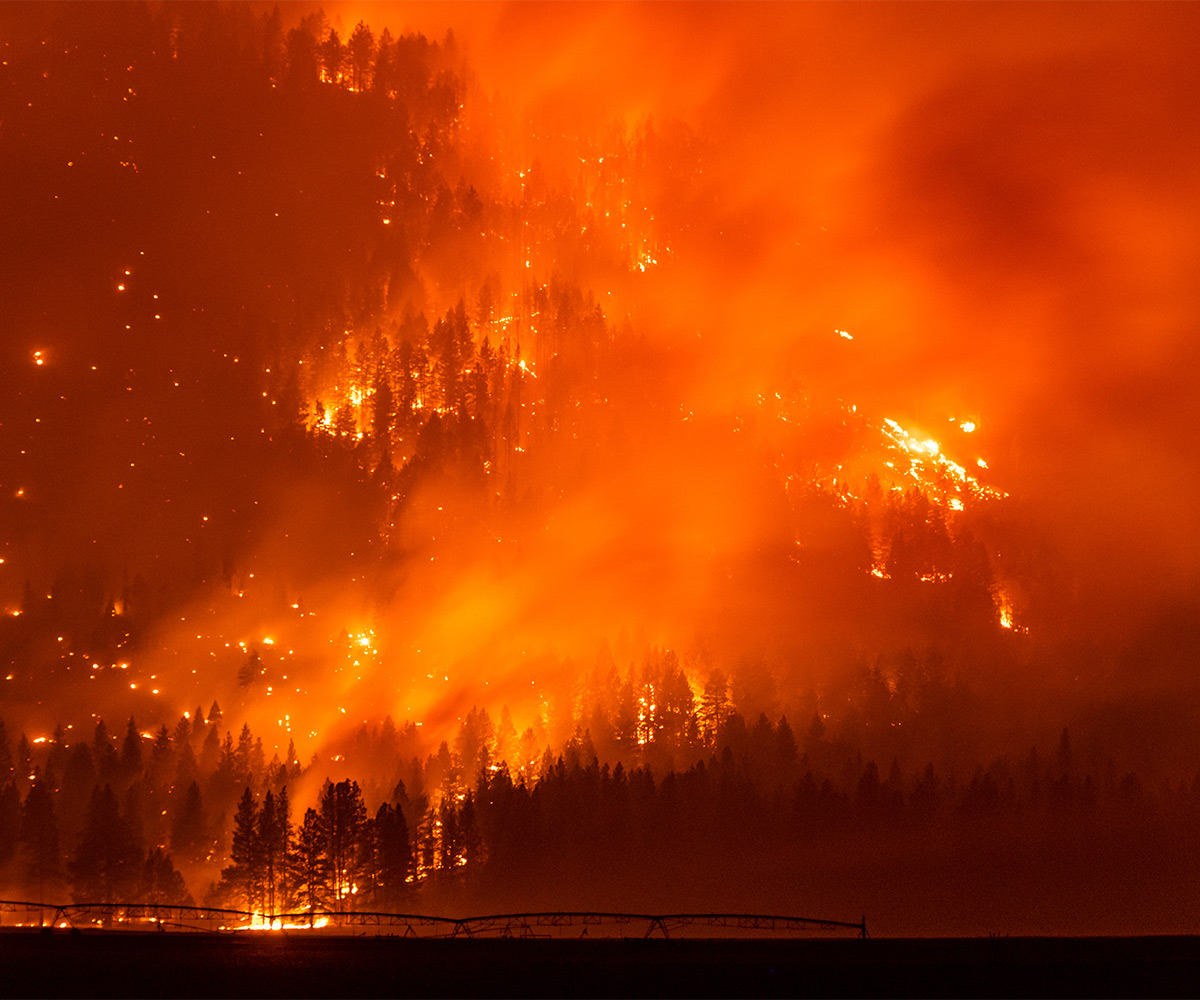
The TruWood® commitment to delivering sustainable products runs deep.
It’s in our roots.
TruWood® is manufactured by Collins, a family-owned company long-guided by a Tru vision of sustainability.
This vision was first articulated in 1940 by Truman W. Collins, and TruWood® joins our parent company by continuing to build on that commitment today. We are proud our products are manufactured from residual wood fiber and we follow sustainable practices certified by the Forest Stewardship Council®.
Tru Promise
We are committed to manufacturing sustainable products.

Our wood fiber is derived by forestry practices that ensure the total forest ecosystem remains healthy, resilient, and diverse.

Our operations support forest treatments, and utilize timber and forest material on a sustained, renewable basis.

Our forest products store carbon, and contribute to the housing and living spaces necessary for a thriving society.
Building with Sustainable Materials
When you buy TruWood® Siding | Trim, you are actively supporting sustainable practices in the forest through your purchasing power. If our products are not produced from our own FSC®-certified forests, they are from USFS treatment material, resulting from USFS forest management objectives, or other sources that meet the FSC® Controlled Wood standard.
Carbon Storage
Increases in carbon dioxide and other pollutants in our atmosphere have spiked an interest in the way forests and wood products store carbon. There is debate about which seral stages grow and store the most carbon, but broad agreement that healthy forests are the earth’s best engine for carbon absorption.
We believe that active and sustainable forest management achieves three objectives: maintain lower tree density, allowing consistent absorption of CO2; minimize emission of carbon through tree mortality and wildfire; and bank carbon in long-term buildings and forest products. By choosing to build with wood, you are opting to store additional carbon in everyday products and buildings.
Where Foresters Practice Forestry
Our forestry practices aim to maintain the productivity, diversity, and resilience of forest ecosystems. We seek to mimic natural patterns of disturbance and regeneration without the risk: in the west, this means reducing tree density and creating openings through selection harvest and group selections; in Pennsylvania it means mimicking wind-event blowdowns and allowing hardwood regeneration to grow in full sun.
We steward the entire ecosystem, including trees, smaller plants, soils, wildlife, and water. Learn more about our Collins Almanor, Collins Lakeview, and Collins Pennsylvania Forests.
Wildfire Restoration
Our Collins Almanor Forest and Collins Lakeview Forest suffered catastrophic wildfire impact in 2021 from the Dixie and Cougar Peak Fires, and we are working to reforest roughly 60,000 acres by 2030.
For each acre to be reforested there must be seed collected and processed, seedlings ordered, burned material cleared, ground prepared, and seedlings planted, all in a tight 2-year timeline. These efforts are focused on restoring each area’s forest canopy and ecological benefits. It will take 40-60 years for any trees to get to a commercially harvestable size.
Start your next order with our sales team.
Contact a TruWood® sales rep and find your Tru fit!




